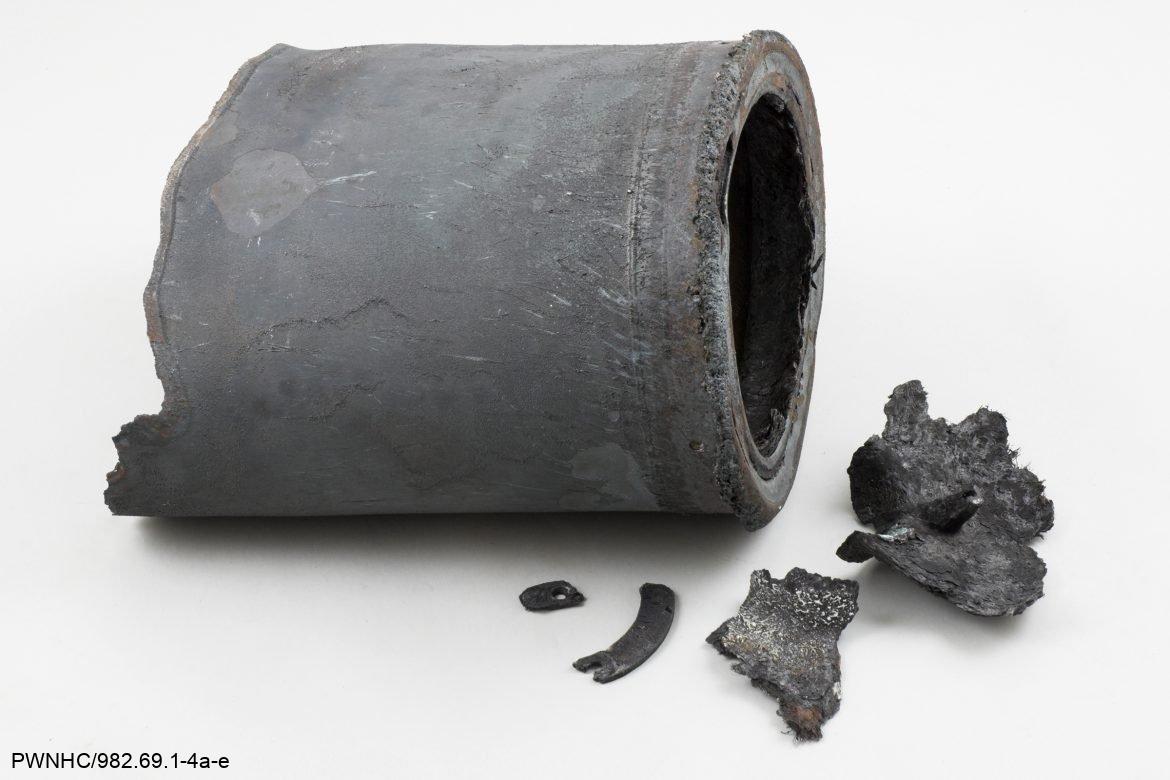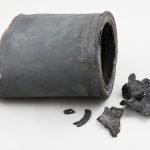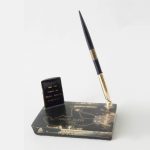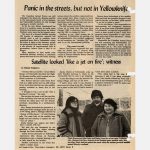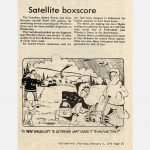1978
Cosmos 954 and Operation Morning Light
It was at 4:40 a.m. on January 24, 1978, that Soviet Russian satellite Cosmos 954 began its fiery descent through the earth’s atmosphere over the Hawaiian Islands. First spotted by Maui’s Mount Haleakala observatory, the trajectory of the nuclear-powered satellite was headed straight toward the Northwest Territories. Fifteen minutes later, Cosmos 954 was spotted by two RCMP officers. They described seeing a bright-red fireball streaking across the skies south of Yellowknife, with little pieces breaking off that tumbled over and over on their way to the ground.
The fall of this satellite was not unexpected. Shortly after its launch on September 18, 1977, its orbit became unstable, and some people began to fear it could hit a major population center and kill hundreds of thousands of people! While this tragedy was unlikely, there were well-founded concerns that there could be radioactive contamination wherever the satellite finally struck.
As Cosmos 954 broke apart, pieces were scattered from the East Arm of Great Slave Lake almost all the way northeast to Baker Lake. No one knew whether the nuclear reactor’s core onboard the satellite had wholly burned up on re-entry or if it had contaminated a large part of the Northwest Territories.
The Canadian and American military joined forces and began Operation Morning Light, the search for radioactive debris. One of the first tasks was to check for signs of radiation in Yellowknife. Twenty-five Nuclear Accident Support Team members descended on Yellowknife during the evening of January 24th. Dressed in yellow radiation suits and gas masks and carrying Geiger counters, they gave residents quite a scare but fortunately found no signs of radiation in the city.
The next step was to determine whether the disintegration of Cosmos 954 had left a radioactive cloud that could drift over areas. The Americans had a specially equipped U2 spy plane that flew the disintegrating satellite’s route; again, there was no radiation.
Within a day of the re-entry, other specially equipped airplanes and helicopters were looking for radioactive materials on the ground along a 50-kilometre-wide swath beginning 80 kilometres southeast of Yellowknife and running 800 kilometres northeast to Baker Lake. They examined an area of 40,000 square kilometres, and the first radioactive ‘hit’ was made on January 25th, 300 kilometres northeast of Yellowknife. This was quickly followed by another ‘hit’ on the ice of Great Slave Lake just off the mouth of Hoarfrost River.
News of the re-entry of Cosmos 954 and the discovery of radioactive materials on the ground in the Northwest Territories became front-page news around the world. On January 28th, the Yellowknife Meteorological Station received an exciting radio message from a cabin in Warden’s Grove on the Thelon River. Six men staying at this cabin had found pieces of metal protruding from the surface of the Thelon River, which were part of the satellite.
After more than a month of searching and finding only radioactive pieces of metal close to the core, they began to see tiny bits of radioactive fissionable material from the reactor core in an area south of the original search area. From the dispersal pattern, it was apparent that the core had only partially burned up and that 80,000 square kilometres of land east of Hay River had received a light dusting of highly radioactive material.
Using sensitive airborne detectors, the military pinpointed and retrieved the most significant pieces, including one that was a few centimetres long and would have quickly killed anyone exposed to it at any time! By the middle of March, all detectable pieces had been picked up, although the military continued to monitor the situation throughout the summer and fall of 1978.
